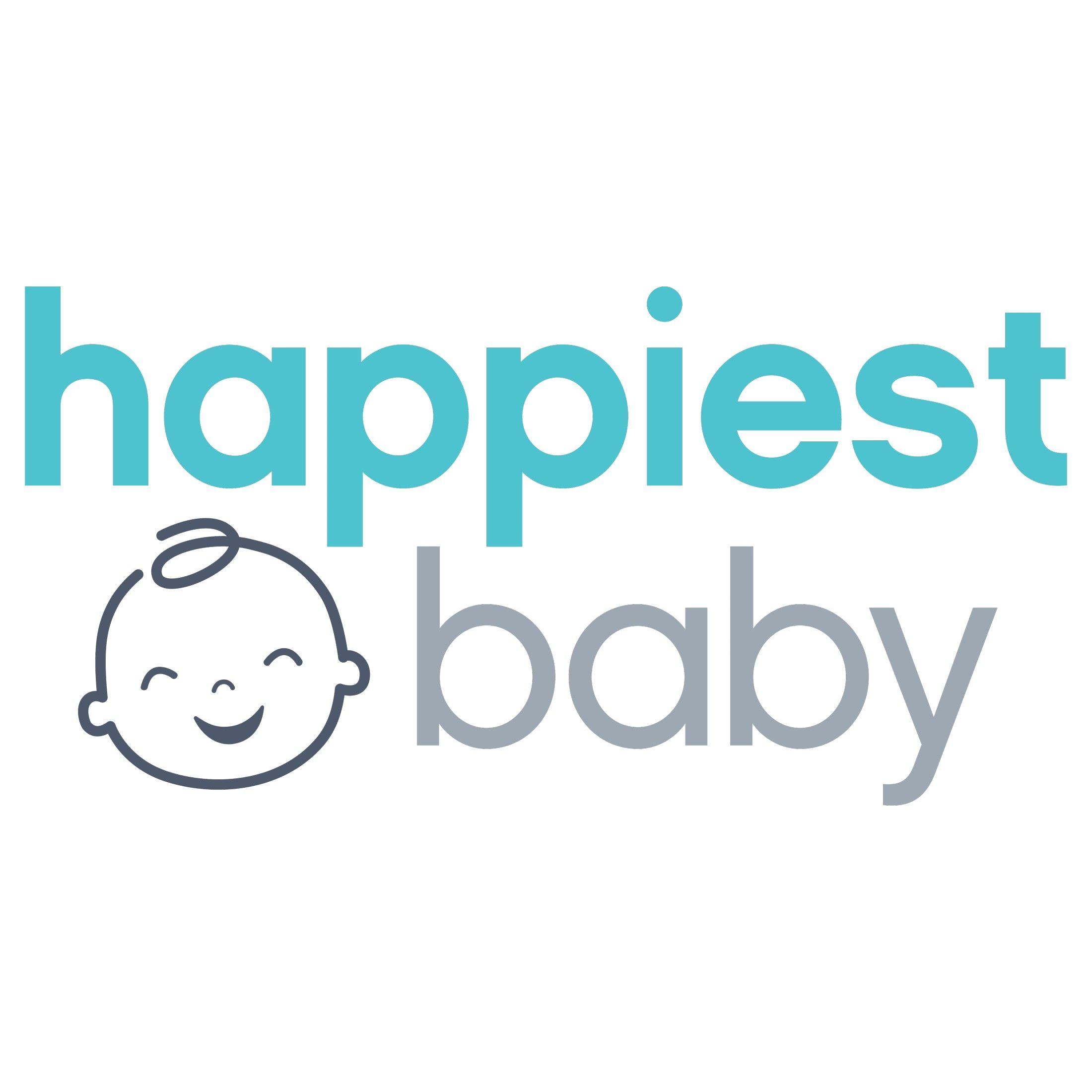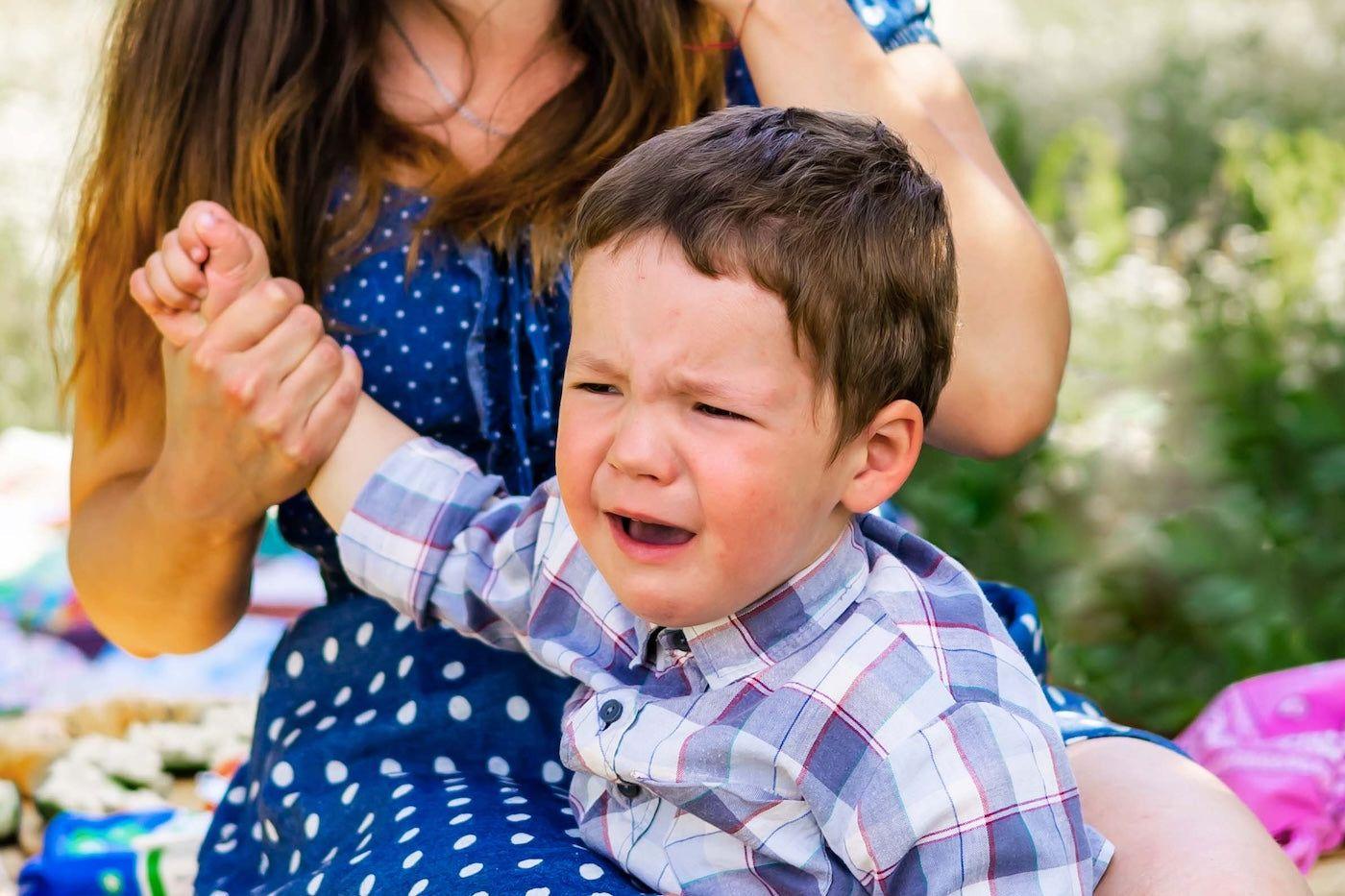TODDLER
Crying Isn’t a Joke: How Laughing Hurts Kids
Experts say that laughing at tantrums can undermine secure attachment.

Written by
Happiest Baby Staff

SHARE THIS ARTICLE
PARENT PICKS
Bestsellers
TODDLER

Written by
Happiest Baby Staff

SHARE THIS ARTICLE
Bestsellers
We’ve all been there: Your little one bursts into tears, and what comes out of your mouth is…a laugh? Maybe it’s a nervous reflex, or perhaps it’s your way of diffusing the tension bubbling over in the moment. Or maybe the ridiculous reason behind your tot’s meltdown is genuinely tickling your funny bone—their shadow is following them, they’re gutted the sun has gone down, or they’re upset you broke a biscuit…to share it with them! But when parents laugh at a child’s emotional distress, it can send an unhelpful message: “Your feelings aren’t serious. I can’t cope with them. You’re on your own.”
Attachment psychologists Elisa Bronfman, PhD, and Johanna Sagarin, PhD, reviewed decades of studies showing that children develop internal patterns—secure, avoidant, ambivalent, or disorganised—through countless small interactions with their caregivers. When a parent laughs at a child’s tears, it isn’t playful humour—it can be experienced as dismissive or even mocking.
Even infants as young as 18 months are sensitive to these cues. In fact, laughter during moments of distress is considered an atypical caregiver behaviour—a marker strongly linked to disorganised attachment. This attachment style can negatively impact emotional regulation, trust, and long-term mental wellbeing.
When a child cries, they’re sending a clear distress signal. If that’s met with laughter instead of comfort, what they hear is: “I don’t take you seriously. I can’t help. You’re being silly.” Over time, this can make them feel:
Attachment patterns aren’t formed overnight—they emerge from the ordinary, everyday moments. A gentle, empathetic response to your child’s tears can go a long way in fostering secure attachment and building emotional resilience.
So next time your little one has a cry and the urge to chuckle bubbles up—pause. Choose to be the calm, caring presence they need. Because even the smallest moments of sensitivity can have a lasting impact.
When your child cries, laughter might feel like a harmless reflex—but it can unintentionally send the message that their feelings don’t matter. Choose empathy over humour. Responding with compassion helps build trust, emotional safety, and long-term wellbeing.
Disclaimer: The information on our site is NOT medical advice for any specific person or condition. It is only meant as general information. If you have any medical questions and concerns about your child or yourself, please contact your health provider. Breastmilk is the best source of nutrition for babies. It is important that, in preparation for and during breastfeeding, mothers eat a healthy, balanced diet. Combined breast- and bottle-feeding in the first weeks of life may reduce the supply of a mother's breastmilk and reversing the decision not to breastfeed is difficult. If you do decide to use infant formula, you should follow instructions carefully.